
Erica is a genus of roughly 857 species of flowering plants in the family Ericaceae. The English common names heath and heather are shared by some closely related genera of similar appearance. The genus Calluna was formerly included in Erica – it differs in having even smaller scale-leaves, and the flower corolla consisting of separate petals. Erica is sometimes referred to as "winter heather" to distinguish it from Calluna "summer heather".

Rosa multiflora is a species of rose known commonly as multiflora rose, baby rose, Japanese rose, many-flowered rose, seven-sisters rose, Eijitsu rose and rambler rose. It is native to eastern Asia, in China, Japan, and Korea. It should not be confused with Rosa rugosa, which is also known as "Japanese rose", or with polyantha roses which are garden cultivars derived from hybrids of R. multiflora. It was introduced to North America, where it is regarded as an invasive species.

Salacca is a genus of about 20 species of palms native to Southeast Asia and the eastern Himalayas. They are dioecious and pollinated by Curculionidae beetles.

Erica carnea, the winter heath, winter-flowering heather, spring heath or alpine heath, is a species of flowering plant in the family Ericaceae, native to mountainous areas of central, eastern and southern Europe, where it grows in coniferous woodlands or stony slopes.
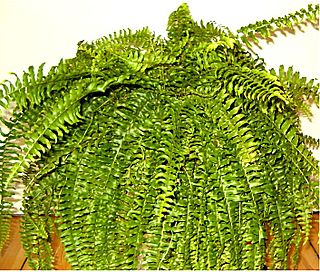
Nephrolepis is a genus of about 30 species of ferns. It is the only genus in the family Nephrolepidaceae, placed in the suborder Aspleniineae of the order Polypodiales in the Pteridophyte Phylogeny Group classification of 2016. The genus is commonly referred to as macho ferns or Boston ferns. The fronds are long and narrow, and once-pinnate, in the case of one Bornean species reaching thirty feet in length.

Elaeagnus multiflora, the cherry elaeagnus, cherry silverberry, goumi, gumi, or natsugumi, is a species of Elaeagnus native to China, Korea, and Japan.
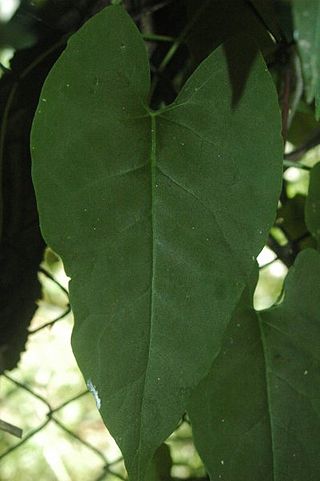
Reynoutria multiflora is a species of flowering plant in the buckwheat family Polygonaceae native to central and southern China. It is known by the English common names tuber fleeceflower and Chinese (climbing) knotweed. It is known as he shou wu in China and East Asia. Another name for the species is fo-ti, which is a misnomer.

Podosphaera pannosa is a plant pathogen. It produces a powdery mildew on members of the rose family.
The Giardino Botanico Ponziano is a private botanical garden located on Villa Madonna collina Belvedere, Ponza in the Pontine Islands, Province of Latina, Lazio, Italy.

Erica lusitanica is a European species of flowering plant in the family Ericaceae, known by the common names Portuguese heath and Spanish heath.

Tuberous begonias are a group of Begonia cultivars, sometimes regarded as some of the most spectacular of the genus.

Aerides multiflora, the multi-flowered aerides, is a species of orchid, native to Southeast Asia, the Coromandel Coast, and Bangladesh.

Mentzelia multiflora, commonly known as Adonis blazingstar, Adonis stickleaf, desert blazingstar, prairie stickleaf and manyflowered mentzelia is a herbaceous perennial wildflower of the family Loasaceae.

Luzula multiflora, the common woodrush or heath wood-rush, is a species of flowering plant in the rush family.
Baissea multiflora is a plant in the family Apocynaceae.
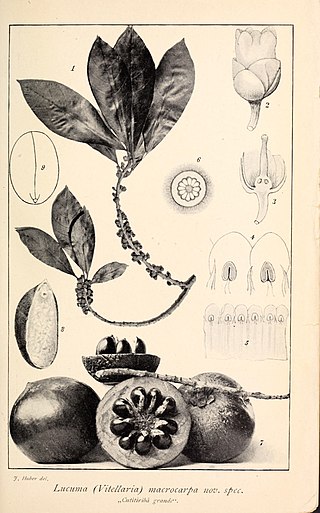
Pouteria multiflora is a plant in the family Sapotaceae of the order Ericales. Its English common name is bullytree. Its Spanish common names include jácana, ácana, acana, hacana, or jacana. It is native to North and South America. The plant is common in the Toro Negro State Forest.
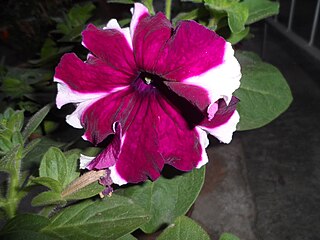
Petunia × atkinsiana is a Petunia plant "nothospecies" (hybrid), which encompasses all hybrid species of petunia between P. axillaris and P. integrifolia. Most of the petunias sold for cultivation in home gardens are this type and belong to this nothospecies.

Heliomeris multiflora is a North American species of flowering plants in the family Asteraceae called the showy goldeneye. It grows in Mexico and the western United States from Montana to Jalisco.

Hoya multiflora is a species of tropical plants in the family Apocynaceae. It is native to China and tropical Asia. It is an evergreen perennial plant with a maximum height of 50 centimeters. This plant can produce nectar.
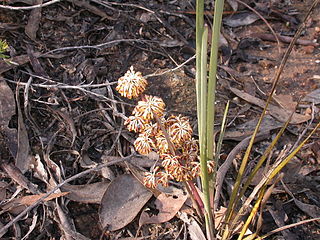
Lomandra multiflora, also commonly known as many-flowered mat rush, mat rush and many flowered mat-lily, is a perennial, rhizomatous herb found in Australia and Papua New Guinea. The mat rush is distributed widely in the region and common within its preferred growing conditions. Its conservation status is considered not to be of concern and risk.


















